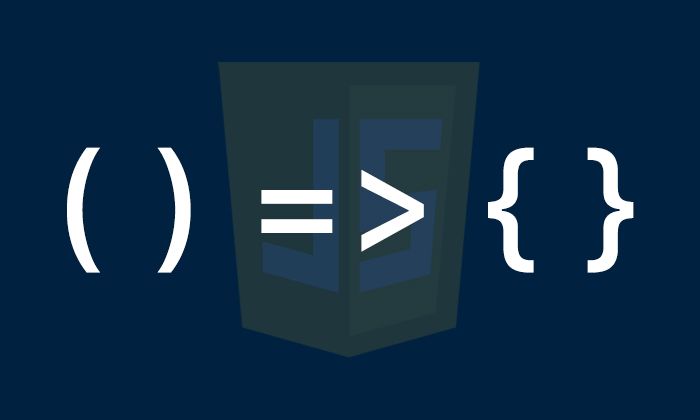Web 3 is the newest buzzword, taking over the technology & venture capital world & if you are wondering what it means, trust me you are not alone. The combined market capitalization of the top Web 3 crypto networks is $27.5 billion. According to the Dove metrics, 438 Web 3 companies have raised over $4.5 billion in funding so far. As per the National Research Group, 81% of consumers who are aware of Web 3 think that it will improve their happiness & wellbeing.
There is a plethora of such statistics roaming around on the internet. However, to start watching any good movie, you can’t directly watch the third release, without knowing what happened in the previous two, so let’s rewind a bit!
The 1990s: One-way information highway
Web 1.0 was the first internet. As it was the static web – it was not user-friendly at all. There were no algorithms that could dynamically serve pages with web pages being really basic in nature. The functions that served the most purpose were email or perhaps the real-time retrieval of news & similar stuff like that. The content on these web pages was developed by the companies hosting the websites & users were not able to interact with these web pages & it was a read-only internet.
2004 – 2016: Walled gardens of Value
Web 2.0 can be thought of as a read-write internet where the users on these platforms were fundamental to the content, justifying the name – Social Web. Driven by innovations in technology, companies have been able to flourish in the Web 2.0 environment. But the harsh reality is that Web 2.0 is owned by these companies (Meta., Google, YouTube, Twitter, etc.), they control the platforms & they are the gatekeepers of this information which is inherently centralized in nature. To remove these gatekeepers or middlemen, we kind of needed a revolution. Hence, Web 3!
Web 3.0 – by the People, of the People, for the People
Web 3 is the next generation of the internet which is envisioned to be more decentralized & permissionless in nature. One that’s built on decentralized protocols where users don’t only help with content creation but also in the governance of the web itself. They also have the ability to own a part of the network so you can think of it as a read-write-own internet. There are already a number of technologies that could serve as the backbone for a Web 3 world, for example, blockchain, IPFS, etc. All of this gives even more reason to the internet’s original creator Tim Berners-Lee to call Web 3 a Semantic Web.
Every time you buy something on Flipkart, the website’s algorithm will look at the other items that people who have purchased your product, went on ‘buy’ & then recommends it to you. So, the website is learning from other users what your preferred choices might be & then using it to recommend what you may like. In essence, the website itself is learning & becoming more intelligent as each day passes by. That, in a nutshell, is the very philosophy behind Web 3. based on this philosophy, there are many advanced use cases that have solved some major issues in the world.
Let’s explore some!



 8 mins
8 mins









 Talk to Our
Consultants
Talk to Our
Consultants Chat with
Our Experts
Chat with
Our Experts Write us
an Email
Write us
an Email





